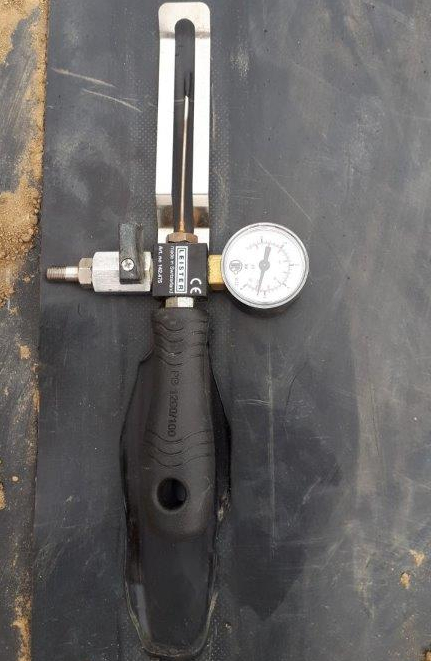

The remediation of contaminated sites plays a strategic role in local land planning because it allows for the recovery of areas compromised by contamination, which pose a potential risk to the environment and human health. The remediation of these sites represents a significant opportunity for the redevelopment of the areas in question.
The purpose of remediation is to safeguard the environment and health and to return the areas to use (whether to their prior use or a new purpose), potentially introducing usage constraints or limitations. As defined by Italian regulations, remediation is ‘the series of interventions aimed at eliminating the sources of pollution/polluting substances or reducing the concentration of these substances in the soil, subsoil and groundwater to a level below the Risk Threshold Concentration (RTC)/Contamination Threshold Concentration (CTC)’ (Art. 240 of Legislative Decree 152/2006). This entails close interplay between environmental, economic and regulatory factors, which have a significant impact on the sustainability of the interventions and consequently on their implementation. The economic feasibility of the redevelopment is directly linked to the possibility of reusing these areas and thus making the most of their value.
Public bodies (Ministries, Regions, Metropolitan Cities/Greater Metropolitan Areas, Municipalities, Regional Environmental Protection Agencies, Health Protection Agencies) and private companies (involved in various capacities) take part in the process of remediating a site in order to optimise and balance out the relationship between social, environmental and economic interests.
Rariplast’s contribution to these projects comes in the form of the HDPE and LDPE geomembranes for decontamination and contaminated places used to cover these areas and sites.